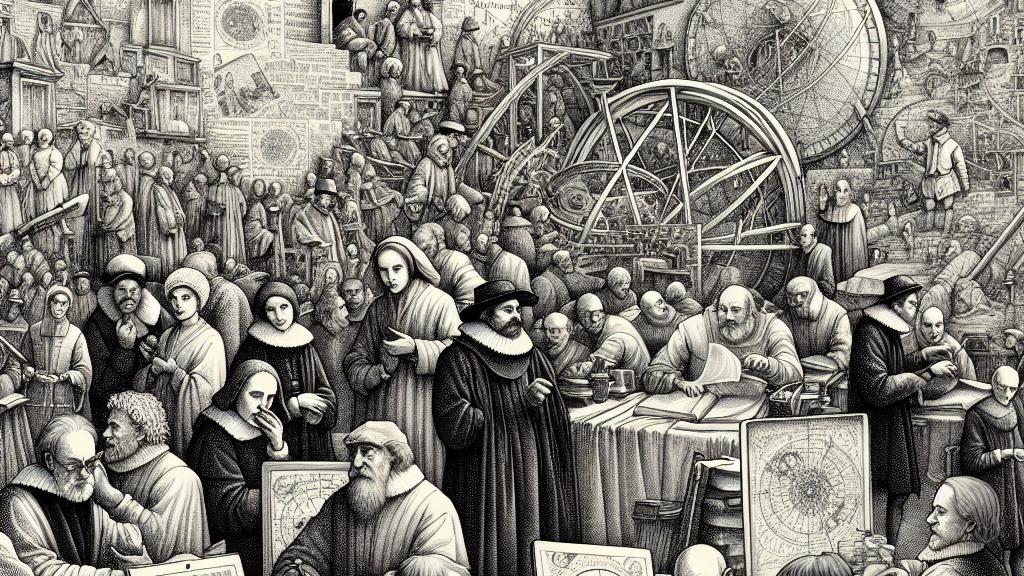Exploring Astronomical Developments Through Machine Learning
Overview
- A groundbreaking team in Berlin utilized advanced machine learning techniques to delve into the rich tapestry of 16th-century astronomical texts.
- Their extensive research brings to light significant contributions from obscure scientists, emphasizing the collaborative spirit of the scientific community.
- This study illustrates how transformative mathematical advancements reshaped astronomical thought, creating ripples that resonate in modern science.

The Setting: 16th-Century Europe
In the bustling intellectual atmosphere of 16th-century Europe, a fascinating journey unfolded in Berlin, Germany, where a diverse group of computer scientists, historians, and astronomers joined forces. United by a common goal, they aimed to uncover the intricate evolution of astronomical thought during this pivotal era. By carefully curating an impressive collection of over 300 historical texts, they set out to not only honor the contributions of remarkable figures like Galileo and Copernicus but also to highlight the invaluable insights from lesser-known scientists who played critical roles in advancing the field. This transformative period marked a significant shift, characterized by a vibrant exchange of ideas and discoveries that transcended geographic and cultural boundaries, weaving a rich narrative of scientific progress.
The Power of Machine Learning
To tackle the formidable challenge of sifting through an overwhelming volume of dense historical data, the researchers adeptly deployed advanced machine learning techniques. Their powerful algorithm skillfully processed a staggering 76,000 pages sourced from influential astronomical textbooks, encompassing not just text but a diverse array of images, graphs, and intricate numerical data. This sophisticated technology enabled them to identify and connect critical trends, spotlighting the profound impact of mathematics on the evolution of astronomy. For instance, they discovered that the introduction of new mathematical notations and calculations fostered clearer communication among scholars and facilitated collaborative innovations. This discovery illustrated how the standardization of practices not only enhanced the clarity of astronomical findings but also bridged gaps between scientific communities across Europe, forging a collaborative spirit that inspired further exploration.
Impact on Modern Astronomy
The rich findings of this study shed light on an essential transformation in the realm of astronomy, with implications that echo profoundly in contemporary practices. A key highlight was the so-called 'mathematization' of astronomy, a process that not only standardized celestial calculations but also refined the broader understanding of climate zones. These advancements revolutionized the way knowledge was shared, promoting efficient communication of discoveries and ideas among scholars. Furthermore, by integrating machine learning into their historical analysis, the researchers crafted a pioneering framework that promises to inspire a new generation of inquiry into various scientific domains. Ultimately, this innovative work serves as a powerful reminder of the intertwined nature of history and modern science, illustrating how past discoveries continue to illuminate the path forward in our quest to understand the universe.

Loading...